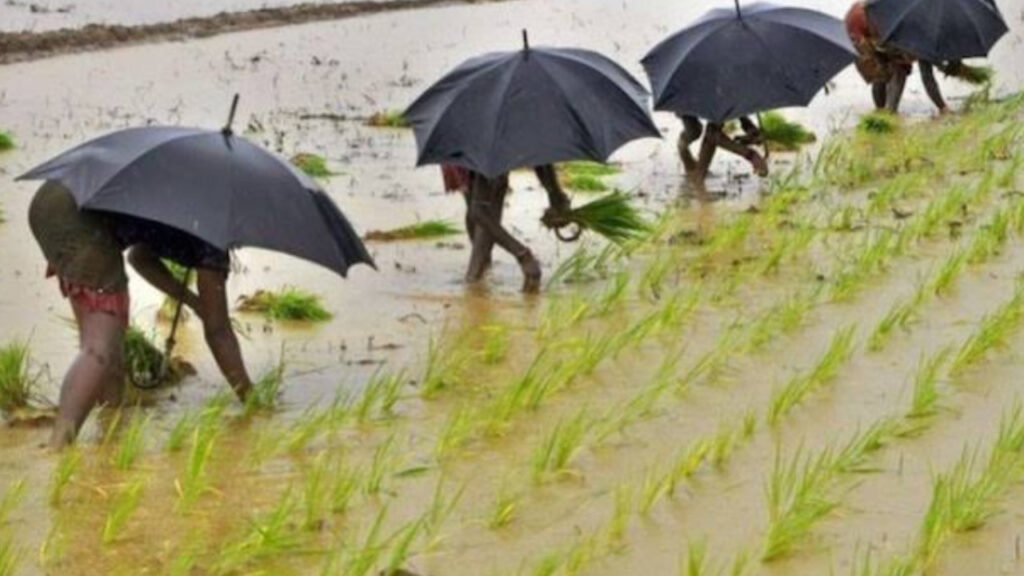Benefits Of Rain
Rainfall during the months of June and July plays a vital role in shaping the agricultural landscape, especially in regions that rely on monsoon rains. These months mark the beginning of the kharif season in many parts of South Asia, and timely rains bring numerous benefits to farmers. From improving soil moisture to reducing irrigation costs, let’s explore how this seasonal rainfall supports agriculture and boosts the livelihood of farmers.
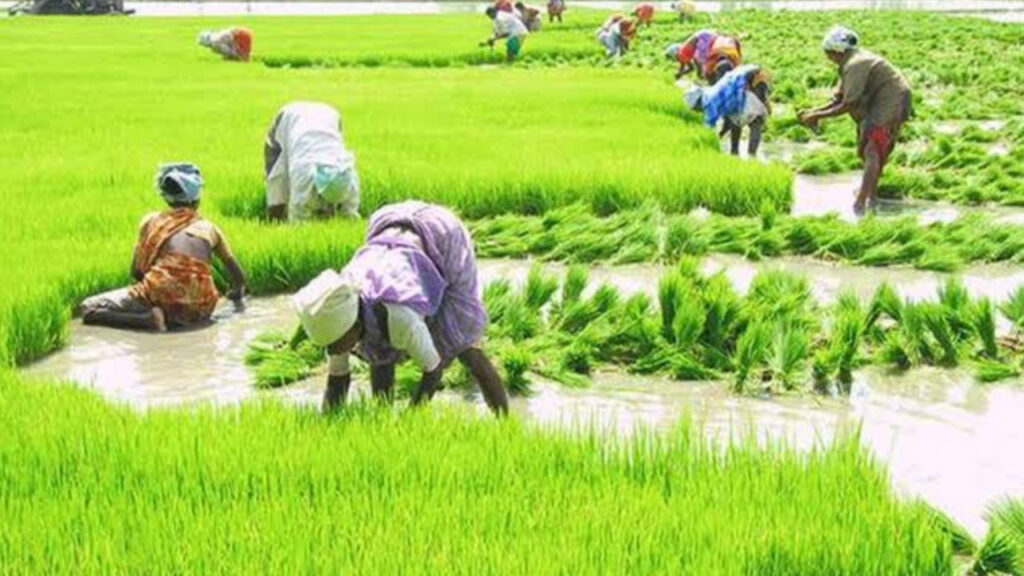
1. Timely Sowing of Crops
One of the most important advantages of June and July rains is that they allow timely sowing of key crops like rice, maize, cotton, soybean, and pulses. Sufficient rainfall prepares the soil by softening it, making it easier to plough and plant seeds. Early sowing often leads to better crop establishment and higher yields.
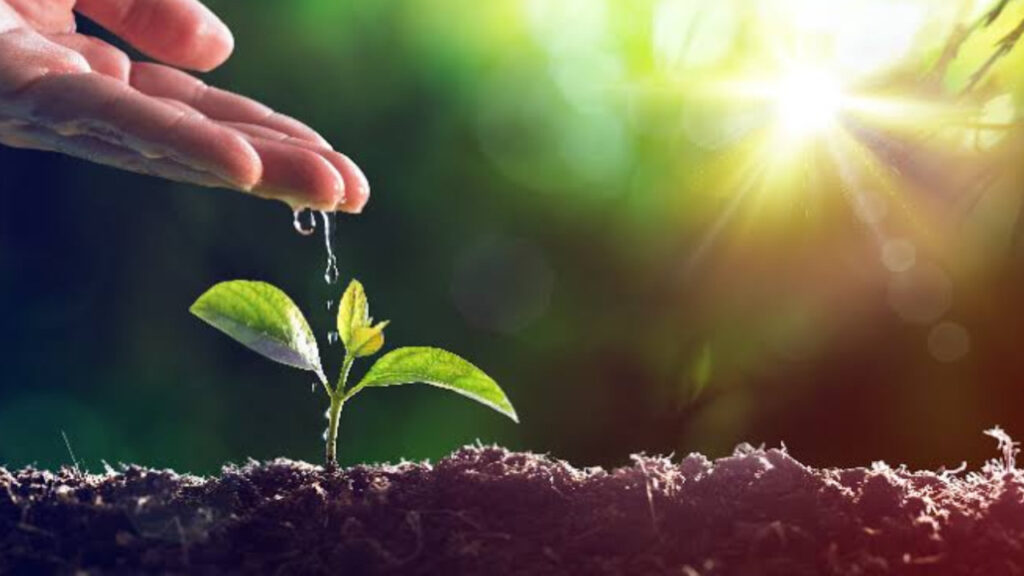
2. Improved Soil Moisture
Rainfall during these months significantly increases the moisture content of the soil. This is especially important for areas where artificial irrigation systems are limited. Moist soil supports seed germination and promotes healthy root development, which are essential for strong crop growth.
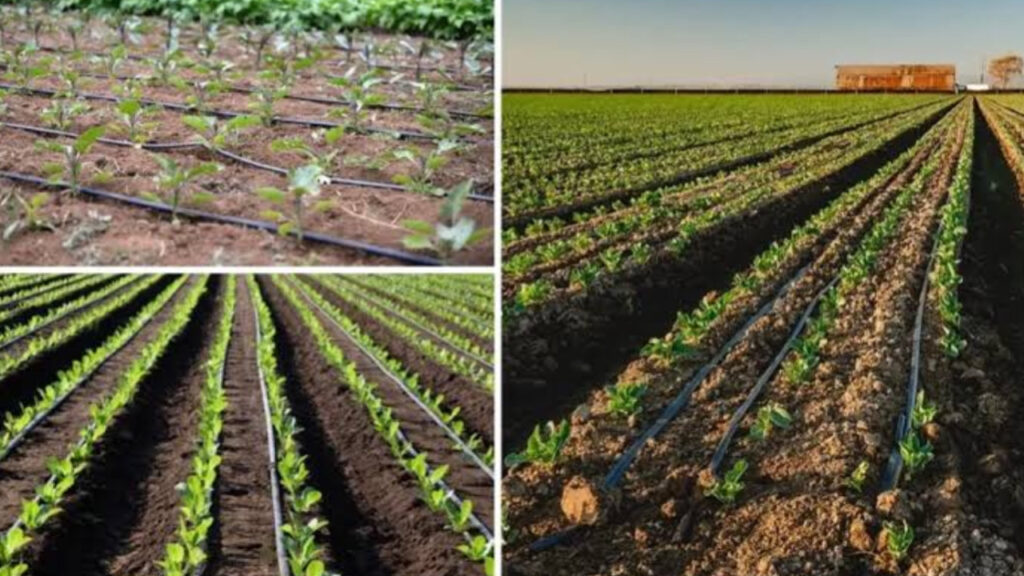
3. Reduction in Irrigation Costs
For many farmers, irrigation is one of the biggest input costs. Timely monsoon rains can reduce or even eliminate the need for artificial watering during the early growth stages of crops. This helps save water, fuel, electricity, and labor, leading to higher net profits for the farmers.
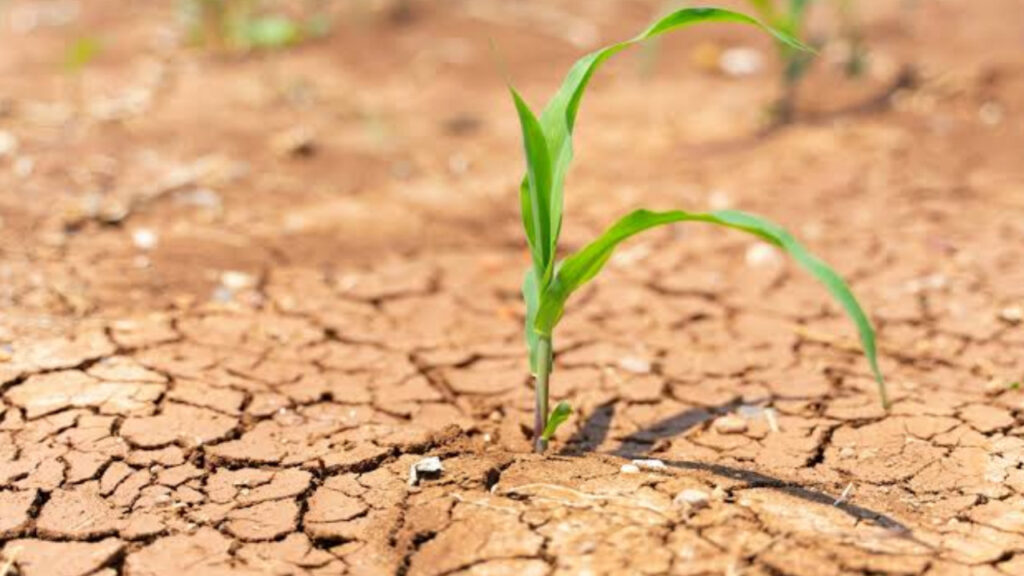
4. Natural Fertility Boost
Rainwater can also help dissolve and carry natural nutrients into the soil, enriching it. This natural fertilization reduces the need for chemical fertilizers and contributes to sustainable farming practices. Additionally, rain can help break down organic matter, improving soil structure and fertility.

5. Recharge of Groundwater
Heavy and consistent rains during June and July contribute to recharging groundwater levels. This is crucial for farmers who depend on tube wells or bore wells for irrigation during drier months. Healthy groundwater reserves provide long-term security against droughts and dry spells.

6. Healthy Crop Growth and Pest Resistance
Good rains at the right time help crops grow stronger and healthier, making them more resistant to pests and diseases. Crops that grow under natural and well-balanced weather conditions are generally of better quality and can fetch higher prices in the market.
Conclusion
June and July rainfall is nothing short of a blessing for farmers. It kick-starts the agricultural cycle, ensures healthy crop development, and reduces input costs. For millions of farming families, a good monsoon means not just a successful harvest, but food security and financial stability for the entire year.

